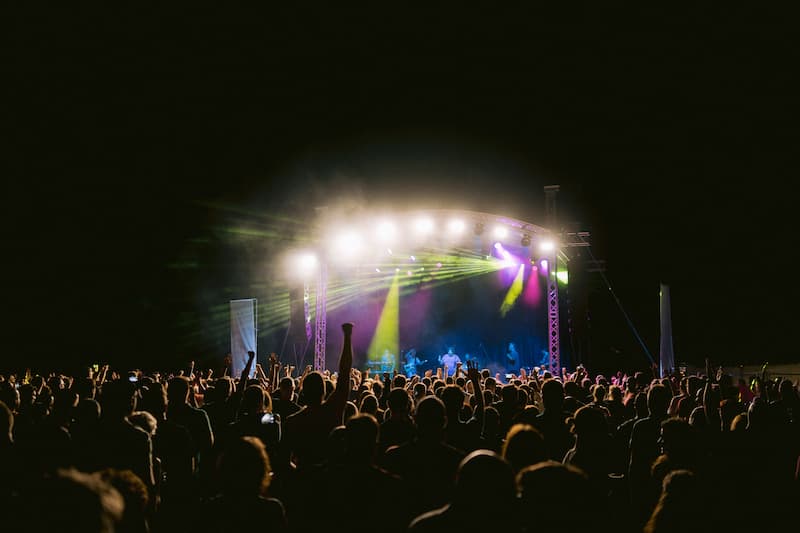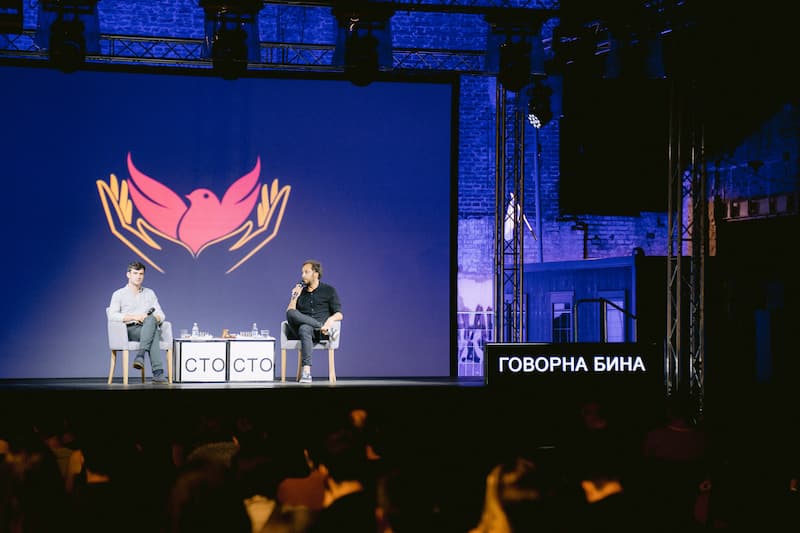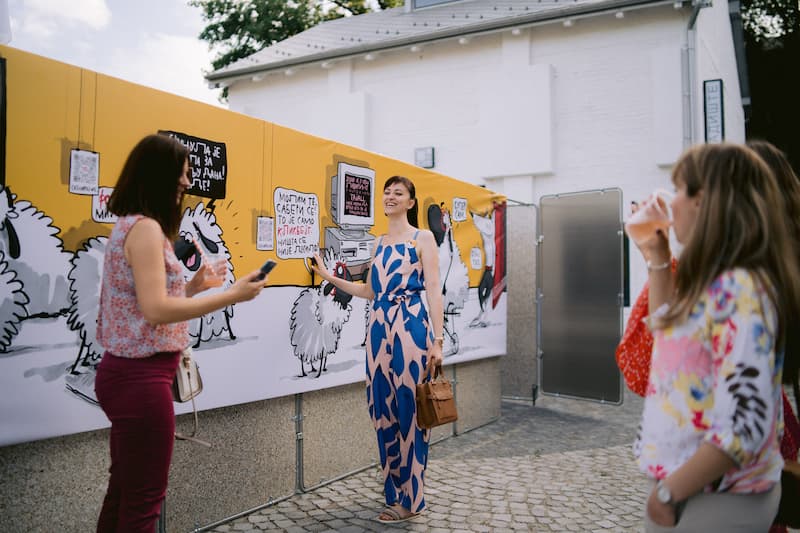During June and July, Novi Sad becomes a city of peace within the ‘Fortress of Peace’ programme arch of the European Capital of Culture, and the District of Peace stood out as a special programme segment. From 23 to 27 June, during five days of talks on reconciliation, future of Europe and other current social and political issues, it included rich spoken word programmes and debates, as well as the opening of three exhibitions and a music programme that brought famous regional bands to the Creative District.
Music as a Response to Current Social and Political Issues
The four bands we listened to in the Creative District with their well-known songs conveyed some of the main messages that the European Capital of Culture sends to Europe and the world. On the first day, Thursday, 23 June, a hip-hop band from Split, TBF (The Beat Fleet), performed as part of the District of Peace programme. Recognizable for their socially engaged lyrics, videos that are always envisaged as short films and original performances, TBF criticizes political corruption and corrupt social values in general. On Friday, 24 June, the Sarajevo band Helem Nejse took the stage and sang their love and socially engaged lyrics with the entire audience in the Creative District. Under the clear sky of the Creative District, the Bosnian-Herzegovinian band Zoster presented itself to the Novi Sad audience on Saturday, 25 June, and with its reggae sound it raised the atmosphere to a higher level. At the very end of the District of Peace programme, on Monday, 27 June, the iconic Novi Sad band Obojeni program performed, presenting its 40 years long work to the public.

A Culture of Dialogue Towards a Europe of Peace
Through different attitudes, views and confrontations, professors, scientists and intellectuals opened issues related to the experience of life in conflict and post-conflict European zones, the struggle for women’s rights in various forms of patriarchy, the attitude of social institutions and media towards victims and reconciliation policies, and numerous other major topics. Hence the reason for some of the most relevant rhetoricians in Europe, such as political economist David Adler, political activist Srećko Horvat, psychologist Nurit Schnabel, PhD, academician Massi Noor, scientist and sociology professor Siniša Malešević and many others, to come to Novi Sad, the European Capital of Culture.
During the five days of the District of Peace programme, visitors to the Creative District attended spoken word programmes, debates and discussions such as the ‘Novi Sad Debate on Europe’, a two-day debate programme dealing with life in conflict and post-conflict zones, feminist struggle in that context, urbanism and politics, as well as the world future after the covid-19 pandemic. A discussion without a moderator called ‘Gaigantromahija’, where the opinions of two participants on a certain current topic intersected, was also held.

Interactive Outdoor Exhibitions and Galleries
The Creative District in the former industrial zone of the city was the space for some of the large exhibitions within the ‘Fortress of Peace’. On the plateau of the Creative District, right next to the promenade of the Sunny Quay, a ‘Media Labyrinth’ has been set up on 23 June, from which the way out is easy if you give the correct answers, and which are hidden in the exhibition part. On the same day, when asked how non-European artists and activists experienced the idea of Europe and the European Union, the exhibition ‘Imaginary Borders’ on the Suba’s Plateau in Liman Park gave the answer. The exhibition, which was created as a reaction to the abuse of public spaces, which largely serve to free advertise hate speech inspired by the wars of the 1990s, ‘On the Quiet Side of the Street’ was held in the Creative District on Monday, 27 June.

The District of Peace is part of the current programme arch ‘Fortress of Peace’ of the European Capital of Culture. Detailed programme, programme book, timetables and all information related to the events can be found on the project website novisad2022.rs.
Author : Feđa Putnik
Photo: Vladimir Veličković







